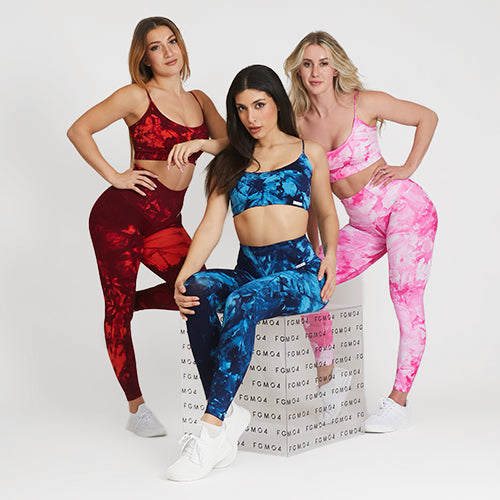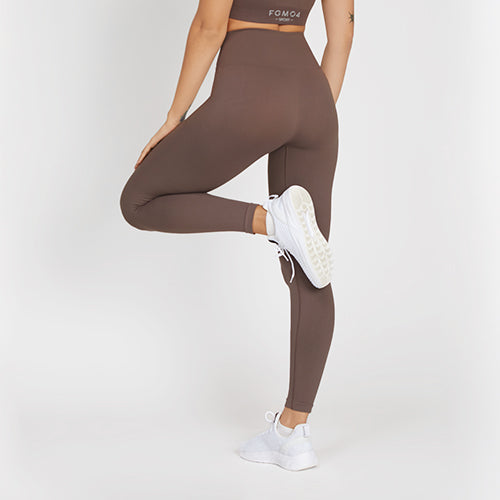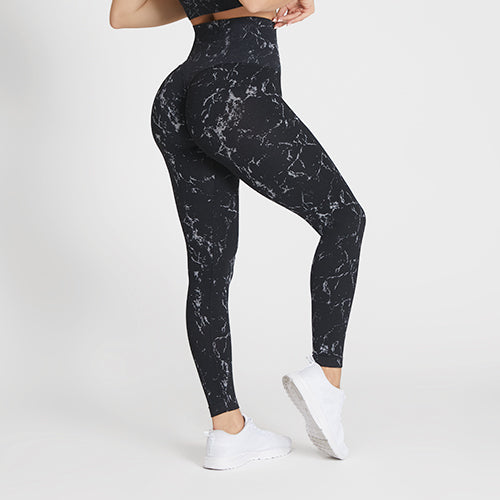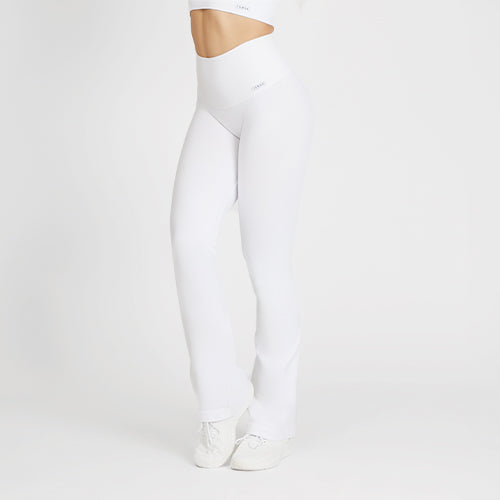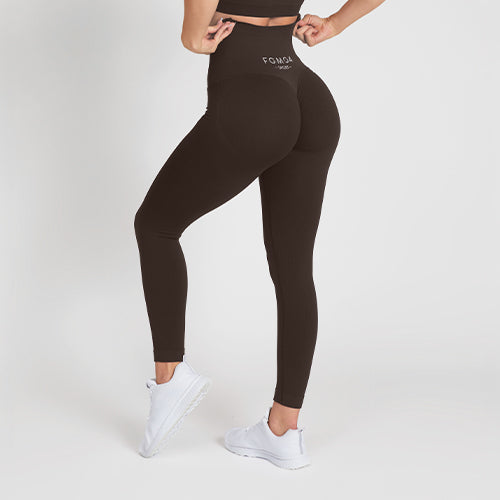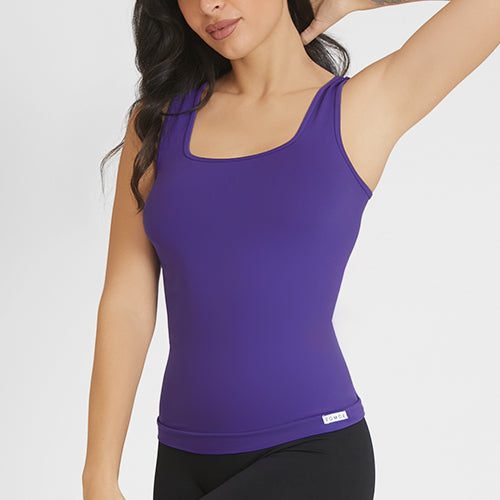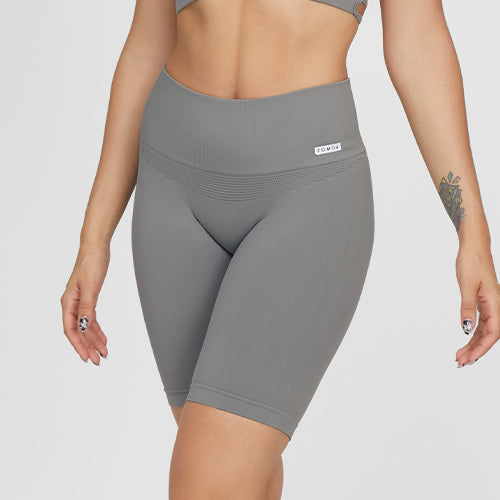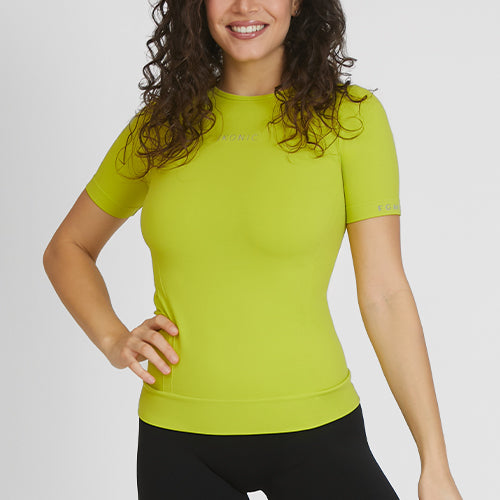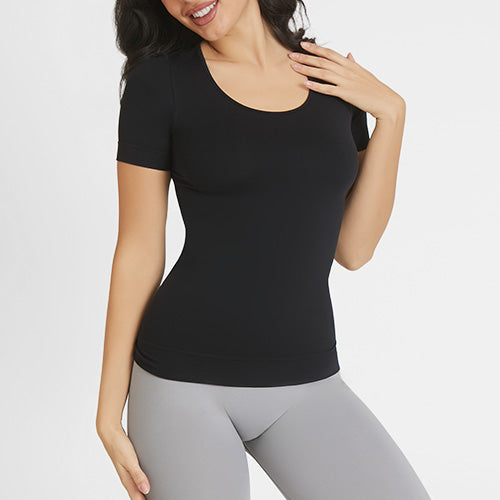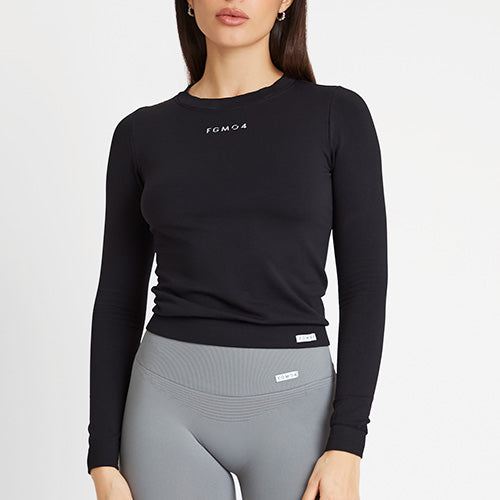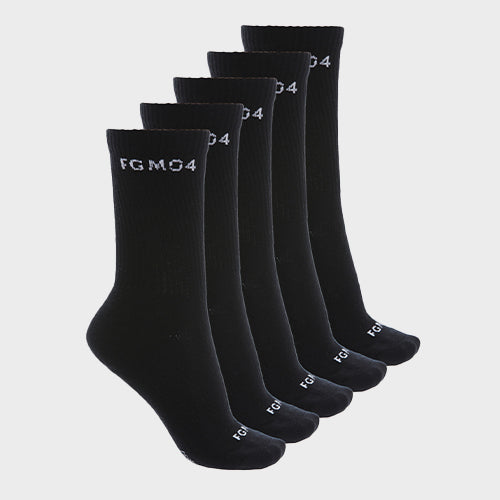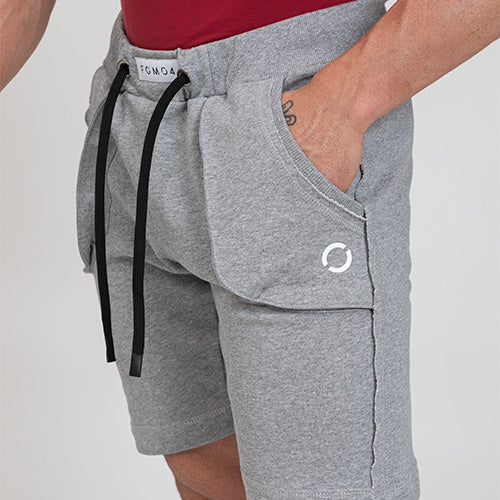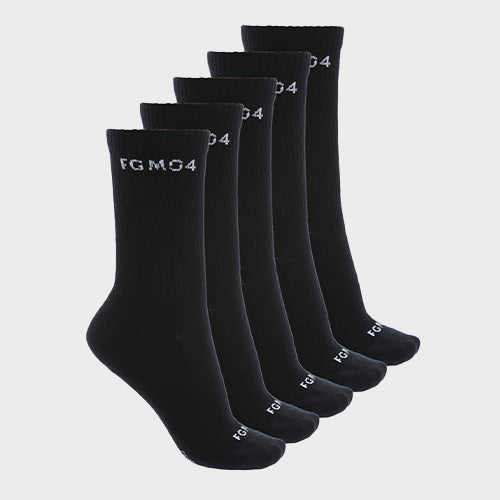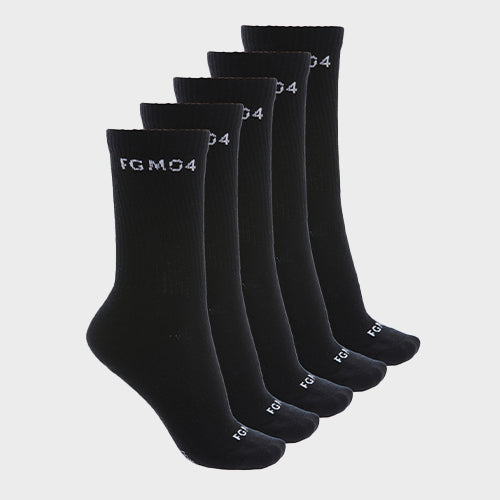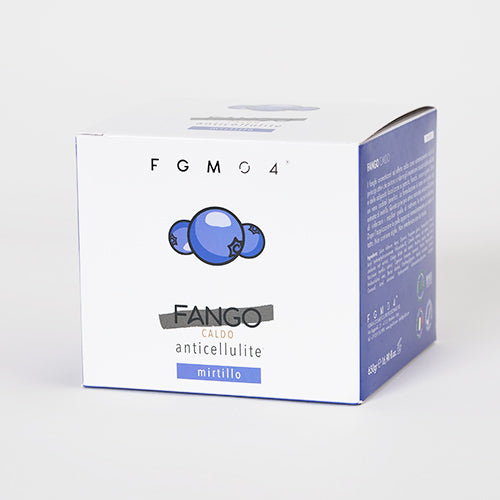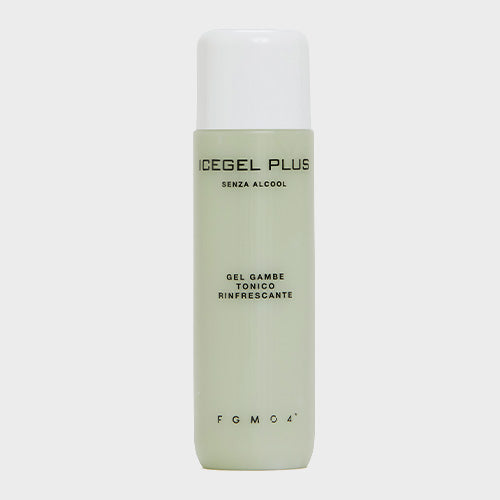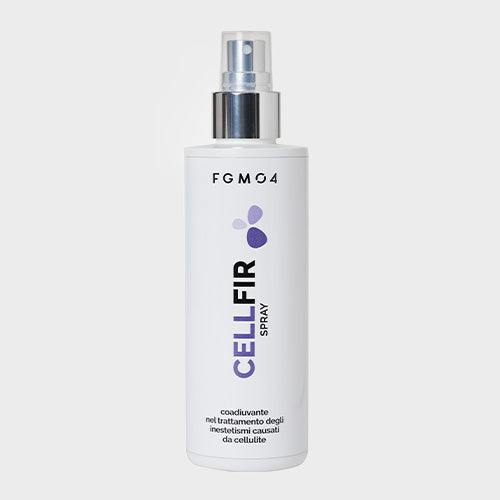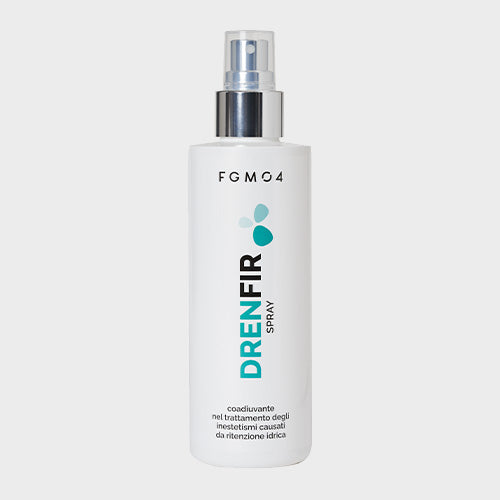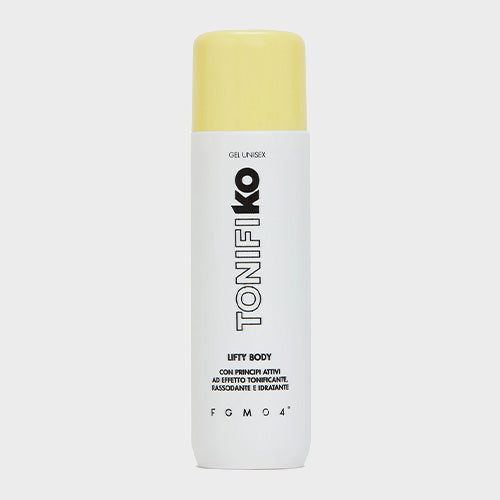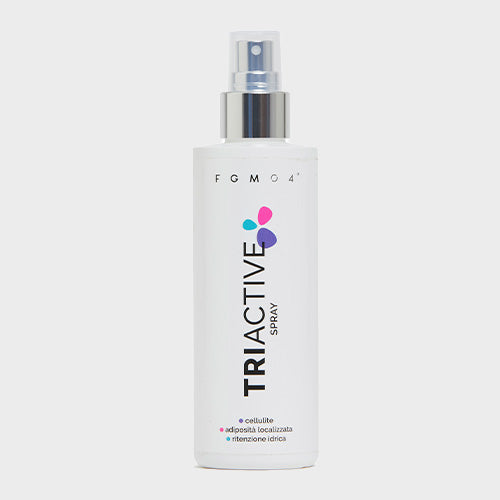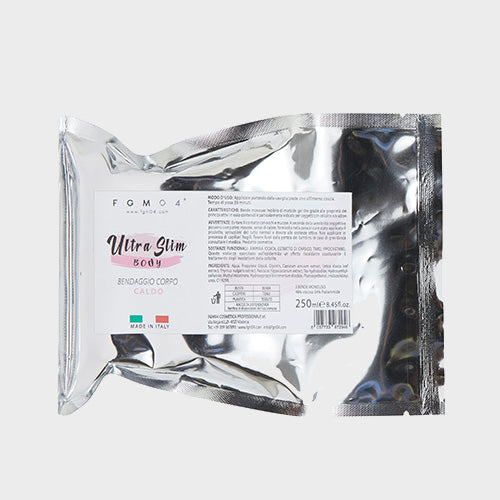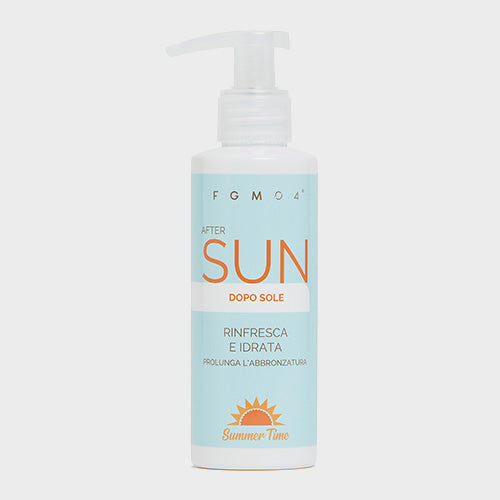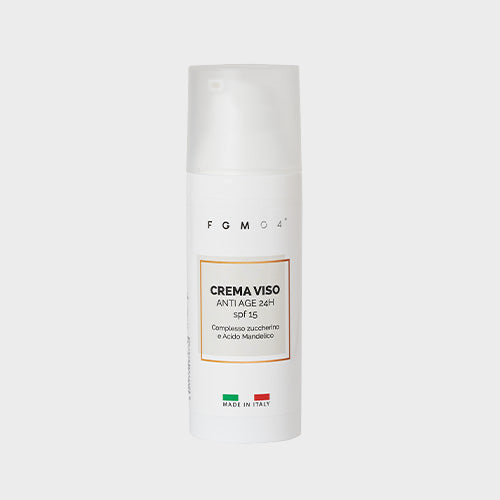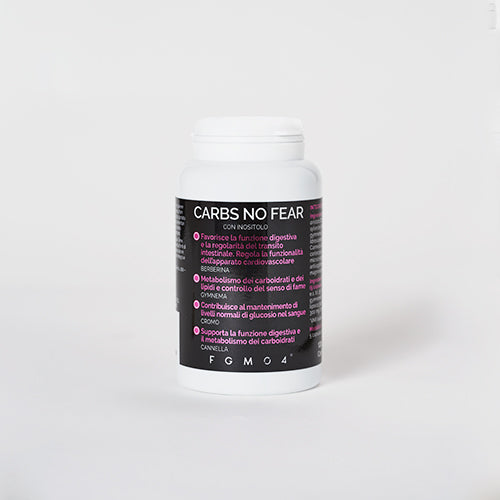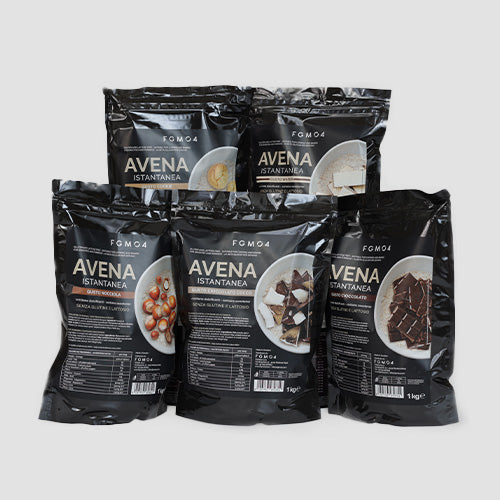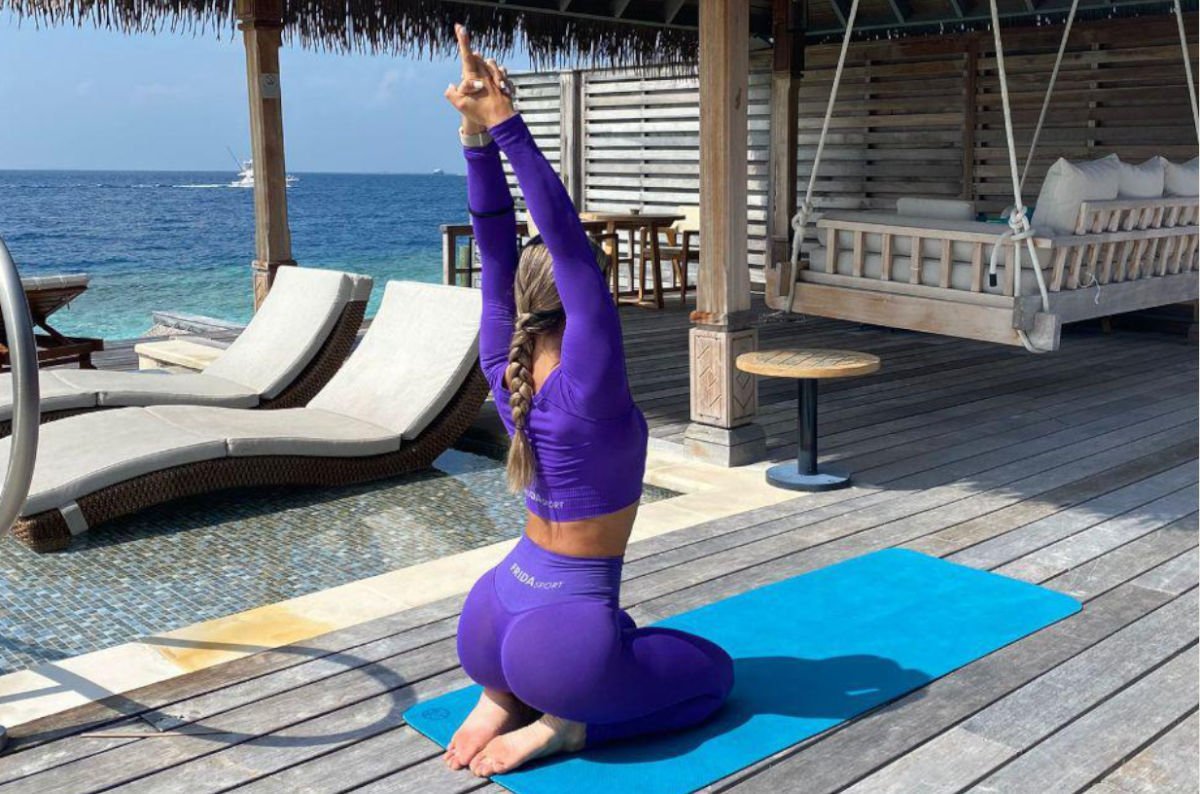Young and old will certainly remember our school days, when during physical education lessons, before starting training we were asked to do stretching exercises.
Stretching muscles has long been an activity performed and connected to practically every type of sport. Sometimes, in sports as in everyday life, we find ourselves practicing stretching in a completely natural and unconscious way.
Even the lengthening of the spine represents in fact a stretching exercise aimed at giving a boost of blood supply to the muscles of our body, as well as to the brain.
The lengthening of the spine also aims to mitigate muscle stiffness, promoting the awareness of their organism in the individual.
In this article we will give you some important tips and suggestions for practicing stretching correctly and effectively: here is everything you need to know about this muscle warming activity.
Is it better to stretch pre or post workout?
There are many athletes and people in general who wonder whether it is better to stretch before or after training sessions. To answer this question exhaustively, we want to immediately clarify that stretching exercises before a training session can be extremely important and sometimes decisive in preventing the onset of muscle injuries. Stretching also helps to improve the overall performance of your muscles and consequently your sports performance.
For all those people who like to train early in the morning or in the evening after a long day spent at their desk in their office, stretching is a very important activity before training, to warm up and prepare contracted muscles for physical work.
In general we can say that it is important to do stretching exercises, both before and after physical activity: the important thing is to always practice warm stretching, that is, after a few minutes of preventive physical activity which will serve to warm up the body and muscles.
We have stated that stretching is important and useful even after physical activity: a drop in body temperature will in fact bring our organism into a state of stasis and relaxation, allowing a return of blood from the extremities of our body to the center, expressing itself in a more balanced blood circulation. Stretching after a training session also helps prevent muscle decline and injuries.
What is it for? When to do it?
Stretching is undoubtedly one of the most effective exercises to increase the flexibility of the body's joints. Stretching is also an activity that allows a person to significantly improve their posture. There are many athletes and in particular runners who combine physical activity with the most varied stretching exercises.
For an athlete who does competitive activity, training frequently and intensely means having the body's muscles very often contracted: to combat muscle contractions, stretching exercises represent one of the most valid allies for athletes.
Stretching before or after running?
Stretching before running has many benefits for the muscles: stretching exercises prepare the body and muscles for the training session, increasing the flexibility of the joints, as well as the body and muscle temperature. Another very important aspect of stretching is that these exercises are able to give an important boost to our metabolism, increasing and accelerating the supply of energy to the muscles of the body.
For runners in particular, dynamic stretching exercises are recommended (exercises in motion that do not require maintaining a static position). In this way, athletes will not risk excessively stretching their muscles, which are still partially cold. Before a running training session, even just 10 minutes of stretching will be enough. Once the run is over, we can instead dedicate more time to stretching (about 20 minutes of exercises). In this cool-down phase, we can also make use of other tools, such as a medicine ball, or even some elastic bands.

What types of stretching are there?
In reference to the different types of stretching, we must immediately specify that there are many exercises that can be practiced. Regardless of the different types of exercises, for each stretching position, it must be held for a time of about 25, 30 seconds, without bouncing and without excessively straining the muscles. Let us always remember that the practice of stretching must never and in no way hurt or cause pain to the muscles.
While performing the exercise, it is also important that our gaze remains fixed forward and that breathing is kept as regular as possible. To obtain good results and improvements, it will be important to perform the stretching exercises consistently. Let's see below the main types of stretching exercises that can be done.
Static stretching
Static stretching is an exercise with muscle elongation characterized by an extremely short duration. Usually these exercises are characterized by a duration of a few seconds (about 4, 7 seconds).
Static stretching exercises are performed after the training session and have the main purpose of returning the muscles to rest. Performing static stretching exercises before training could in some cases compromise performance: this type of stretching tends to slow down the muscle's response, effectively preventing a rapid contraction of the latter.
Ballistic Stretching
Ballistic stretching is another of the many types of stretching that can be practiced. In this type of exercise, the movement of only one part of the body is performed, subjected to sudden movements and jerks, practiced with the aim of bringing the affected joint beyond the natural active ROM.
This type of stretching must be performed very carefully and for the first few times, followed by a trainer who will illustrate the exercise precisely. The latter could sometimes be more dangerous than useful, since it is not a muscle stretching technique suitable for everyone, due to the fact that ballistic stretching, if practiced incorrectly, can cause muscle injuries (in the case the maximum capacity of elongation of the muscle is exceeded).
Stretching PNF
The PNF stretching (acronym for Proprioceptive Neuromuscular Facilitation) is a type of exercise through which muscle relaxation is induced through programmed and selective stimulation.
This exercise is practiced with the help of two methods.
- Keep & Relax
- Contrai and relaxes
Dynamic Stretching
We could define dynamic stretching exercises as a gradual increase in the extension of the joint: the aim of these exercises is to reach one's own extension limit, in order to warm up the muscles and increase flexibility.
The gradual nature of these exercises consists in the repetition of a series of movements, initially performed slowly and subsequently, when a certain ease has been achieved, performed more quickly and with greater extension.
Myofascial
Myofascial stretching is an activity specifically designed and conceived with the aim of overall normalizing muscle tone, while at the same time giving greater elasticity to the fascial system that covers our body.
The main goal of this particular stretching exercise is to generate relaxation in the hypertonic muscle chains, while stimulating the viscoelastic properties of the connective tissue, by means of a guided static stretching.
The best food supplements for your training sessions
Nutrition is known to play a fundamental role in the healthiness and effectiveness of a workout done in a calibrated and optimal way. A balanced diet is essential to perform at your best during your daily workout. FGM04 is your trusted partner for purchasing the best food supplements commercially available, to be combined with your training sessions and physical activity in general.
Trial NU-TESS Coconut Protein Cream, a delicious, fragrant and simply delicious cream! NU-TESS is a delicious coconut spread, particularly rich in proteins and completely sugar-free: the perfect product for breakfast or a snack before or after your workout.
To effectively eliminate stagnant liquids in the body you can also try Reduxdren 10 Vials of 15 ml, a highly concentrated food supplement, useful for effectively promoting the elimination of liquids that stagnate in our body.
Image Credits:
Girl doing stretching. Image by Drazen Zigic on Freepik


